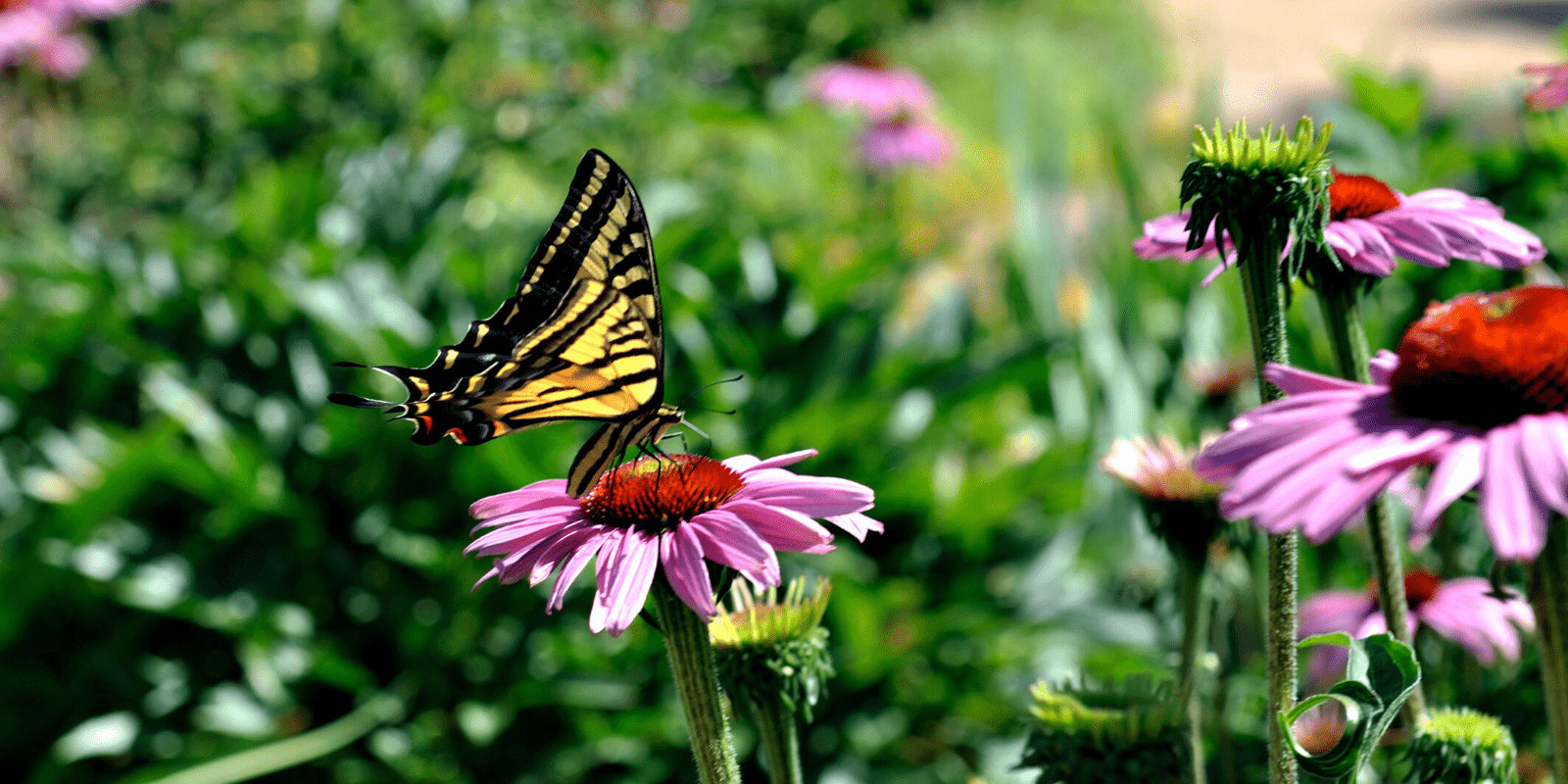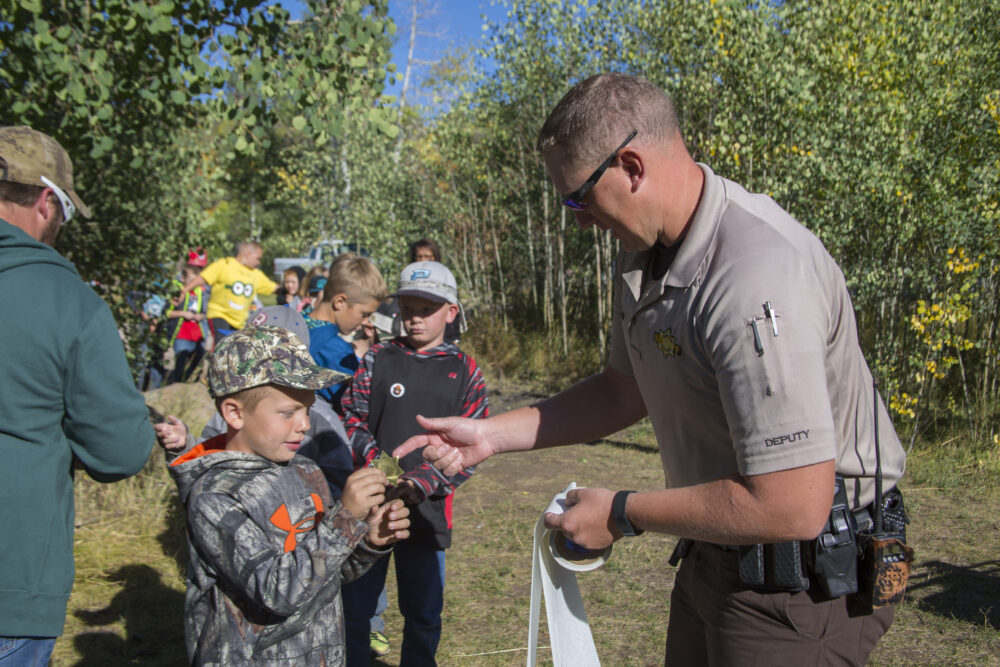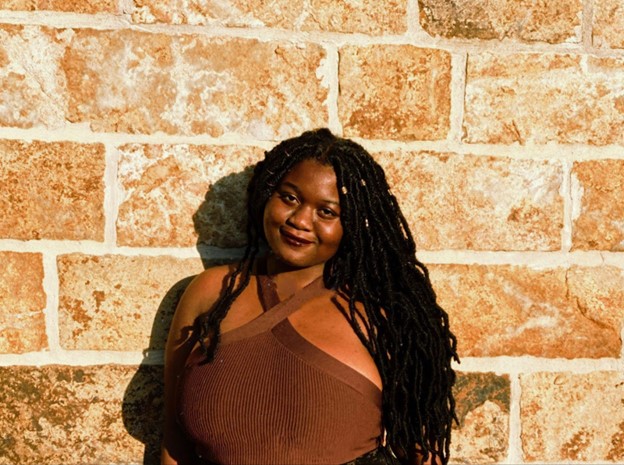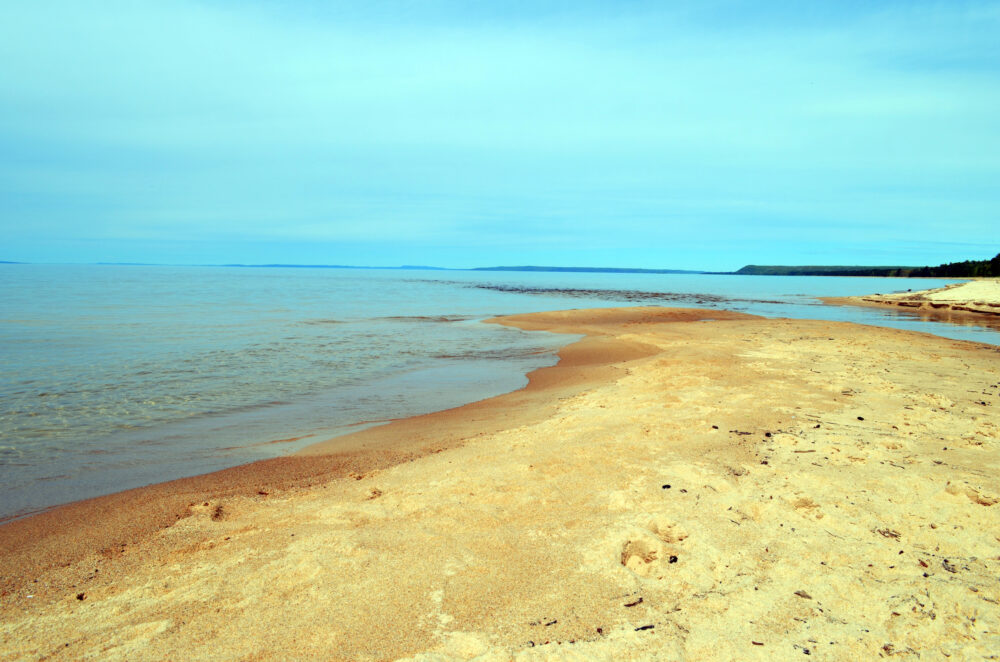We have much more to do and your continued support is needed now more than ever.
Breaking Ground: Pioneering Women in Botany & Public Horticulture

“Every community should have a place in which people may spend their leisure time, where they will be brought in direct contact with things of beauty and interest in the outdoor world.”
– Mary Belle King Sherman, American conservationist, president of the General Federation of Women’s Clubs, and advocate for the creation of the National Parks system (1915)
Gardening is a powerful practice that can restore wildlife habitat, grow edible sustenance, and provide solace in backyards and on balconies. Gardens–both personal and public–have a long tradition of putting scientific research into practice, and women have frequently been at the vanguard of advancing knowledge in botany and advocating for public horticulture.
Unearthing Untold Stories
It’s important to recognize that many women who helped build and tend to public gardens or assisted with research have not been included in historical records. Although this makes it more difficult to celebrate their contributions, expertise and labor, some botanical gardens–like the Norfolk Botanical Garden–are trying to unearth these hidden histories.
As part of their 80th anniversary in 2018, the Norfolk Botanical Garden remembered the 200 African-American women and men who–through a Depression-era employment program–were employed to clear thick underbrush and swampland. Although the project was completed in 1942, these workers were barred from visiting the gardens for almost 20 years due to the state’s segregation laws.
Sharing Knowledge, Cultivating Leadership
In some Tribal Nations located in the United States, women serve their communities as medicinal herbs experts. Ethnobotanist and restoration ecologist Linda Black Elk of the Catabwa Nation shares that, “probably what is most important to me is the realization that ‘traditional medicine,’ or Native ways of knowing and understanding the world, are just as important, valid and useful today as they were 1,000 years ago.” Generations of native plant knowledge were, however, lost during forced relocation and removal of indgenous peoples, explicit bans on native healing practices, and, more recently, to gender bias in ethnobotanical research.
The Haseya Indigenous Healing Garden in Colorado Springs, is lead by Monycka Snowbird and has been chosen as the first National Wildlife Federation Sacred Grounds site in the West.
After the Civil War, the study of botany was characterized as a feminine academic pursuit and, because access to education was available, large numbers of middle-class White women readily adopted coursework. Although few became professional botanists, they furthered their knowledge by joining gardening clubs. These social venues, where women could congregate around a shared passion for nature, provided opportunities to cultivate leadership skills.
Juliet Strudwick Tutwiler, an Alabama educator and reformer who, in 1873, discovered a rare fern in a small gorge about five miles from her home in Hale County. Her writings about the discovery drew scientists to study it and, 137 years later, the plant was named Tutwiler’s spleenwort (Asplenium tutwilerae). Credit: Tutwiler’s Spleenwort, Alan Cressler, Encyclopedia of Alabama
Although excluded from other academic fields and careers, these professional and amateur botanists would play a vital role in burgeoning civil movements. Women’s club movement activists, according to historian Paige Metzler, “used traditional constructions of womanhood, which imagined all women as mothers and homemakers, to justify their entrance into community affairs: as “municipal housekeepers.”
Gardening clubs soon proved to be crucial to the young conservation movement during the Progressive Era. The General Federation of Women’s Clubs played a key part in advocating for the National Park Service Bill, with chairwoman Mary Belle King Sherman helping guide the founding of six national parks.
Researching New Scientific Frontiers
Although societal barriers dissuaded or prevented many women from seeking employment as botanists, a small number of women were hired by the U.S. government–and their research was groundbreaking.
Florence Hedges, a career public servant, researched plant diseases as an associate pathologist for the U.S. Department of Agriculture. She was notably one of 20 women who worked in Erwin F. Smith’s Laboratory of Plant Pathology, “the only federal agency to so willingly employ females as research assistants prior to World War.”
Forty-one years after Hedges graduated from college, Marie Clark Taylor became the first African-American woman to gain a PhD in botany. Her legacy includes research on the influence of light on plant growth (photomorphogensis) and a near 30-year tenure as the chair of the botany department at Howard University. Her contemporary, Margaret Collins–a zoologist and civil rights activist–remarked that Taylor was a “powerhouse who worked tirelessly to improve teacher training in the sciences.”
Many women have followed in the footsteps of the scientists in academia and in government research. Joan Walker, a plant ecologist, supports the U.S. Department of Agriculture’s efforts to restore longleaf pine ecosystems that are vital for red-cockaded woodpeckers and gopher tortoises. And Desirée Narango, as PhD candidate, led recent research on native plants, discovering that they may attract more bugs for birds. Women have made–and will continue to make–innumerable contributions to botany and, by doing so, improve the science on which sound conservation policy is made.
Creating Space: Founders & Builders
From leading the founding of botanical gardens to advocating for access and activism in landscape architecture, women have left an indelible mark on public horticulture.
In the 1930s, socialite Gertrude Divine Webster joined the “Save the Desert” campaign and was a founding member of the Arizona Cactus and Native Flora Society. A leading voice for conservation, Webster and her peers sought to create a ‘living museum’ to begin preserving native desert flora. This dream was realized in the founding of the Desert Botanical Gardens in 1939, and has continued to be a beacon of public education on the wonders of the natural world.
Cornelia Hahn Oberlander, who immigrated to the U.S. from Germany as a child, has been regarded as the “grand dame of landscape architecture” for her illustrious and barrier-breaking career. She was an early advocate for sustainability, “creating one of North America’s earliest green roofs (plant-covered rooftops that lower cooling costs and reduce stormwater runoff).” As the daughter of a horticulturalist who grew up on a family farm, Oberlander is also an advocate for food security and has worked to document native ecology in Canada’s Northwest Territories.
The future for landscape architecture is immense. And if landscape architects don’t take the opportunity at this point, while our governments are waffling on climate change, if they don’t learn this climate change inside-out, namely storm-water management, limiting footprints, using plants that don’t need much maintenance or water, if they don’t seize that opportunity, then the landscape architects are asleep under the ground.
-Cornelia Hahn Oberlander, TCLF Oral History (2008)
Majora Carter is an advocate for environmental justice from the Bronx, New York and founder of Sustainable South Bronx. In addition to designing urban ecology programs, Carter led the fight for the “first new South Bronx waterfront park in over 60 years” and natural infrastructure projects like “green roofs that reflect sunlight to reduce urban heat islands using plants.” By using native plants, these roof habitats provide stops for migrating pollinators and absorb large percentages of rainfall.
Storytelling & Improving Access in the Digital Age
Access to knowledge remains key to welcoming new voices into horticulture and empowering new gardners. Through podcasts and social media, women have created space online to connect, learn, and grow–much as garden clubs did at the turn of the century.
Pacific Horticulture Society board member and writer Jennifer Jewell hosts Cultivating Place, a weekly public radio program and podcast, for passionate gardeners. By inviting a wide variety of guests to speak about conservation, advocacy, and horticulture, she guides her listeners to a broader understanding of their role in conservation and protecting the natural world.
The next generation of women leaders includes horticulturist and writer, Abra Lee, who says, “You have to meet people where they are.” As a former landscape manager for two international airports and extension educator through the University of Georgia, Lee seeks to break down barriers preventing people of color’s participation in public horticulture.
—
From famous First Ladies like Lady Bird Johnson to beloved television characters like Parks & Recreation’s indefatigable Leslie Knope, pop culture embraces women who champion the creation and improved access to public green spaces for families and communities. As we conclude Women’s History Month, let’s also celebrate the many women who volunteer for community gardens, advocate for pollinator friendly ordinances in their cities and counties, and delve into their studies as STEM scholars and horticulture apprentices. Each, in their own ways, carry on the legacy of women pioneers and decades of advocacy and scientific exploration of our natural world.
Join us in celebrating Women’s History Month by sharing stories about women who’ve inspired you to join the conservation movement in replies to our tweet:






















